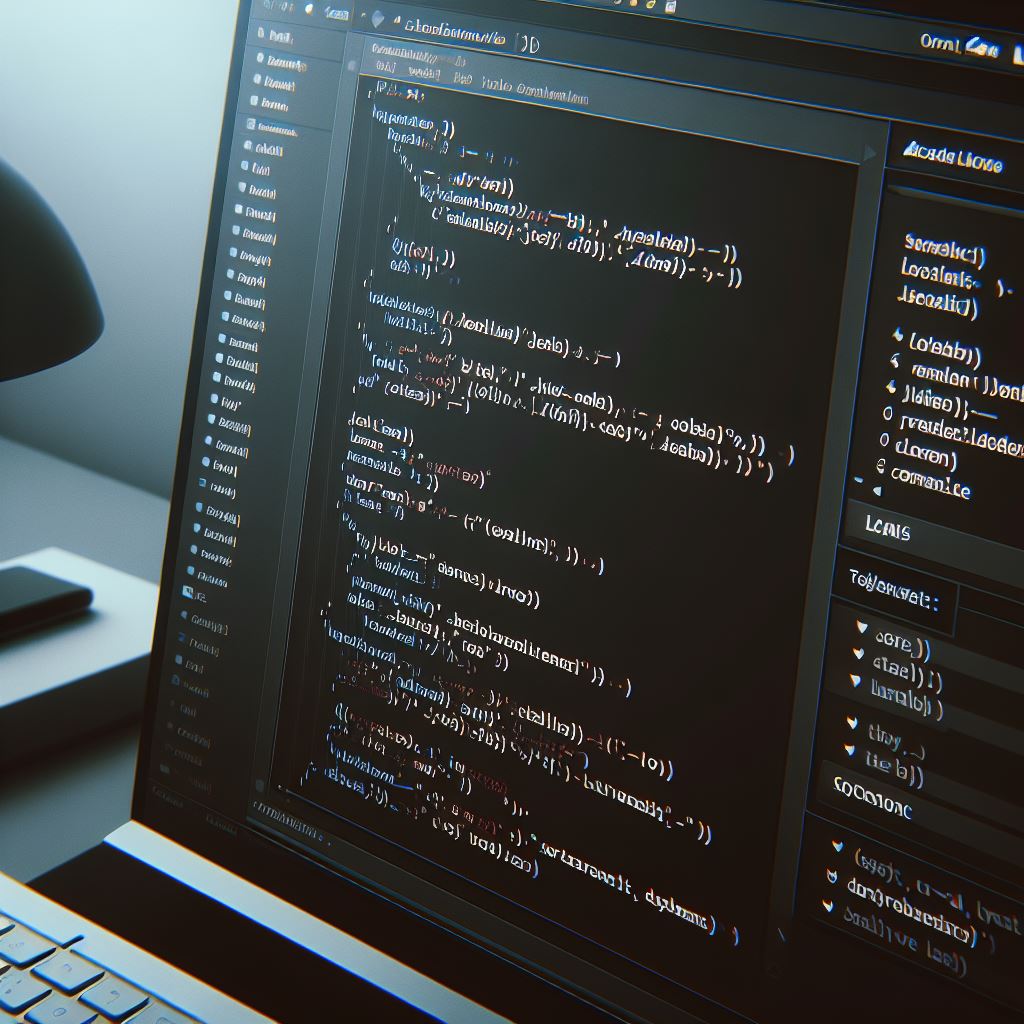
In the bustling world of technology, every byte of data and every connected device plays a role in the bigger picture of digital transformation. As we edge closer to a paradigm where the physical and digital converge seamlessly, the concept of edge computing emerges as the bedrock of this new era. Traditionally, machine learning has relied heavily on cloud-based setups for its data processing might. But now, a beguiling new player is stepping into the arena—unsupervised learning—and it’s gearing up to call the edge its home.
The Quest for Localized Wisdom: Unsupervised Learning meets Edge Computing
Edge computing is about bringing computation and data storage closer to the source of data generation. This paradigm shift ensures minimal latency, real-time processing capabilities, and a significant decrease in the bandwidth needed to transmit data to a centralized cloud. But when edge computing marries unsupervised machine learning, it’s a union that promises a transformation in how devices learn and interact with their environment. Edge device unsupervised learning is not just innovative; it’s practically revolutionary.
Unsupervised Learning: The Key to Decoding Hidden Patterns without a Guide
Unsupervised learning is a class of machine learning techniques designed to uncover hidden patterns and structures within unlabeled data. The beauty lies in its self-sufficient nature—the algorithm doesn’t rely on any external teacher to point out what’s right or wrong. It teaches itself to understand the data and make intelligence out of the apparent chaos. This autonomous learning paradigm is dazzling for IoT (Internet of Things) and edge devices, where sending data back and forth to the cloud for every little learning task is neither practical nor efficient.
Learning Unleashed: Ruta Unplugged as a Beacon of Progress
Enter the world of “Ruta Unplugged,” a conceptual algorithm designed for the zeitgeist of autonomous edge intelligence. It’s an allegory for cutting-edge unsupervised learning methods optimized for on-device learning and decision-making. Ruta Unplugged represents a class of algorithms that enable edge devices to untether from traditional data centers, analyze sensory inputs, and adapt without human input. It is pivotal in scenarios where devices operate in isolation or in dynamic environments where connectivity is intermittent or unreliable.
The Know-How of Implementing Unsupervised Learning on Edge Devices
The leap from theory to practice might seem daunting, but let’s demystify it. Here’s a condensed manual that illustrates the implementation of unsupervised learning on edge devices:
1. Data Collection at the Edge
The first step is to amass the data right where it’s generated. Edge devices equipped with sensors collect a myriad of data points, from temperature to touch, all ripe for analysis.
2. Preprocessing: The Sieve of Relevance
Raw data is chaotic and often irrelevant. Local preprocessing streamlines this data, chopping off the unusable and refining what’s important for the algorithms to work on.
3. Choosing the Unsupervised Learning Model
Here comes a critical fork in the path—choosing the right model for the task at hand. Popular choices include k-Means for clustering, autoencoders for dimensionality reduction, and Generative Adversarial Networks (GANs) for generating new data examples.
4. On-device Model Training
The selected model is then trained directly on the edge device using the preprocessed data. The real trick is to keep the process lightweight enough not to exhaust the device’s limited resources.
5. Continuous Learning and Adaptation
Unsupervised learning on edge isn’t a one-off. It’s a marathon. These algorithms continuously refine themselves with new data, learning and adapting in an ever-evolving cycle.
6. Decision Making and Action
All this learning culminates in the device making autonomous decisions based on the insights gathered, completing the loop from data to action, all within the edge’s confines.
Surfing the Wave of Edge Computing: Machine Learning in Action
Edge computing machine learning isn’t just an academic curiosity; it’s a tool that’s shaping the real world. Imagine a network of IoT devices, monitoring city infrastructure, adapting traffic flow dynamically, or optimizing energy consumption in smart grids. Or consider personal wearables that learn your behaviors, adjust their functions to your patterns, and preserve your privacy by keeping sensitive data local.
Optimization Strategies: Making the Most of Limited Resources
One major constraint with edge devices is their limited computing power and battery life. To ensure that unsupervised learning models don’t drain resources, optimization strategies are key:
- Model Pruning: trimming down unnecessary parts of the model to keep it lean.
- Quantization: reducing the precision of the model’s parameters to save on computation.
- Knowledge Distillation: transferring knowledge from a bulky, teacher model to a more petite, student model that can run on the edge.
- Energy-efficient Hardware: using chips designed for on-device learning, such as those with specialized neural network accelerators.
The Real-World Benefactors of Edge Device Autonomy
The practical applications of unsupervised learning for IoT and edge devices are many and varied, touching upon various industries.
Enhancing crop yields with IoT sensors that detect soil moisture and nutrient levels, automatically adjusting irrigation systems.
Sensors on the production line detecting aberrations in equipment behavior, signaling for maintenance ahead of failures.
Unsupervised Learning: A Symbiosis of Challenges and Potential
While the potential is boundless, the journey isn’t without speed bumps. Data security, privacy, and ethical use of autonomous decisions are just a few tributaries that feed into this river of unsupervised learning.
Igniting the Edge with Unsupervised Learning
The realm of unsupervised learning for edge computing devices is rich with possibility. It heralds a future where devices understand, learn, and act with an intelligent edge. The “Ruta Unplugged” serves as a metaphorical north star, guiding this burgeoning field towards uncharted yet auspicious destinations. As we continue to unravel the intricacies of these technologies, their profound impact on society is inevitable. Welcome to the era of localized, unsupervised intelligence—where edge is not just a word, but the very brink of innovation.